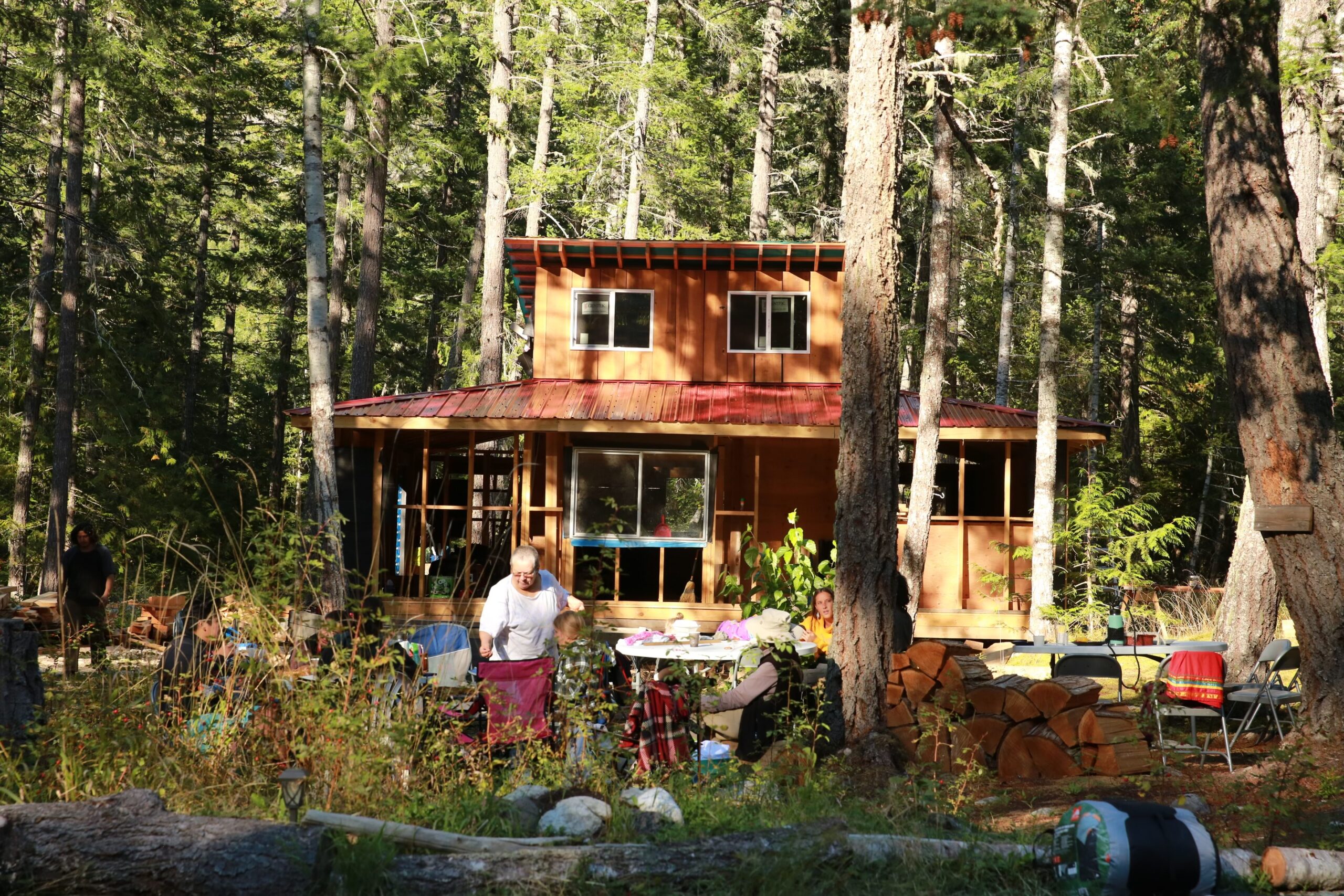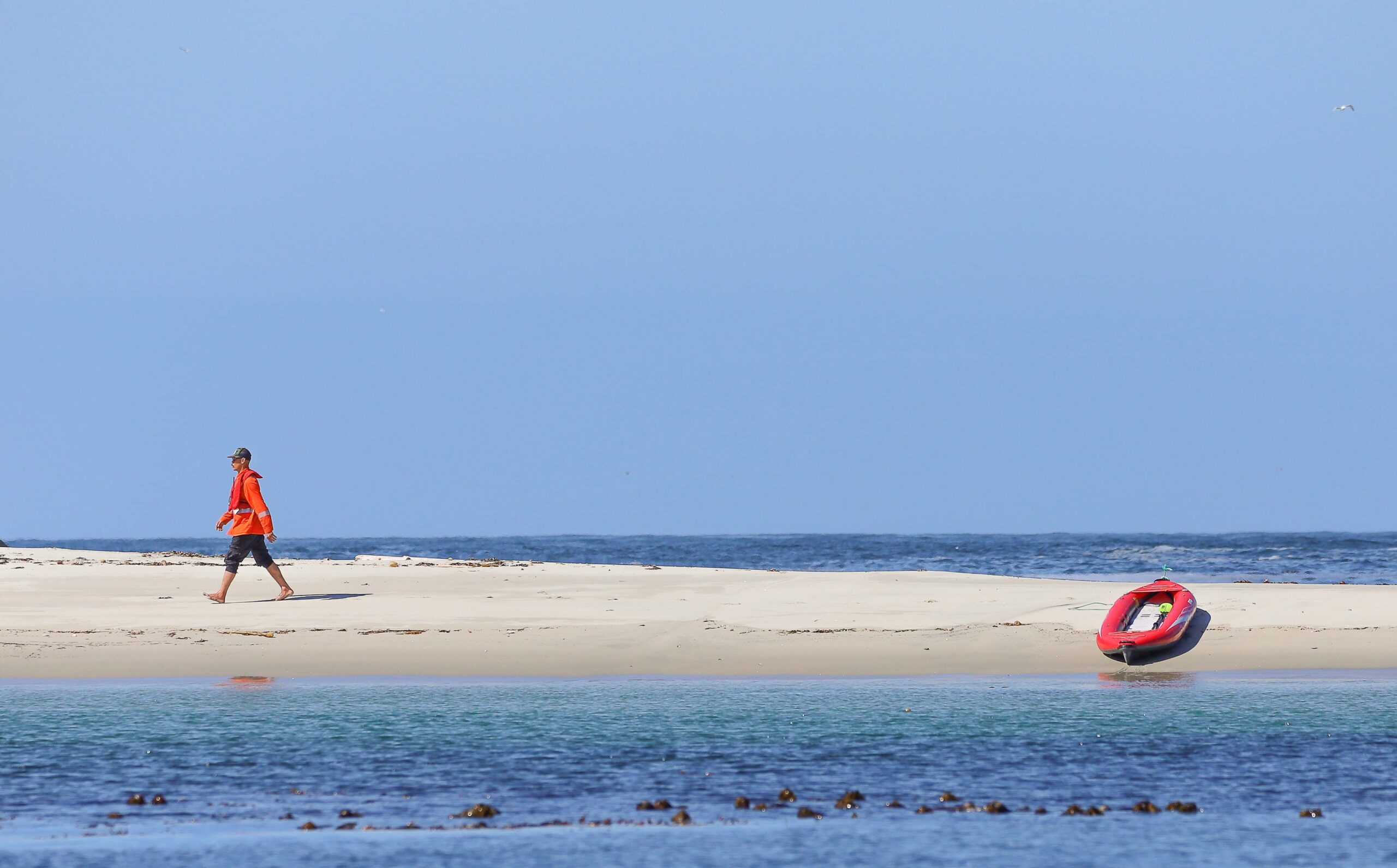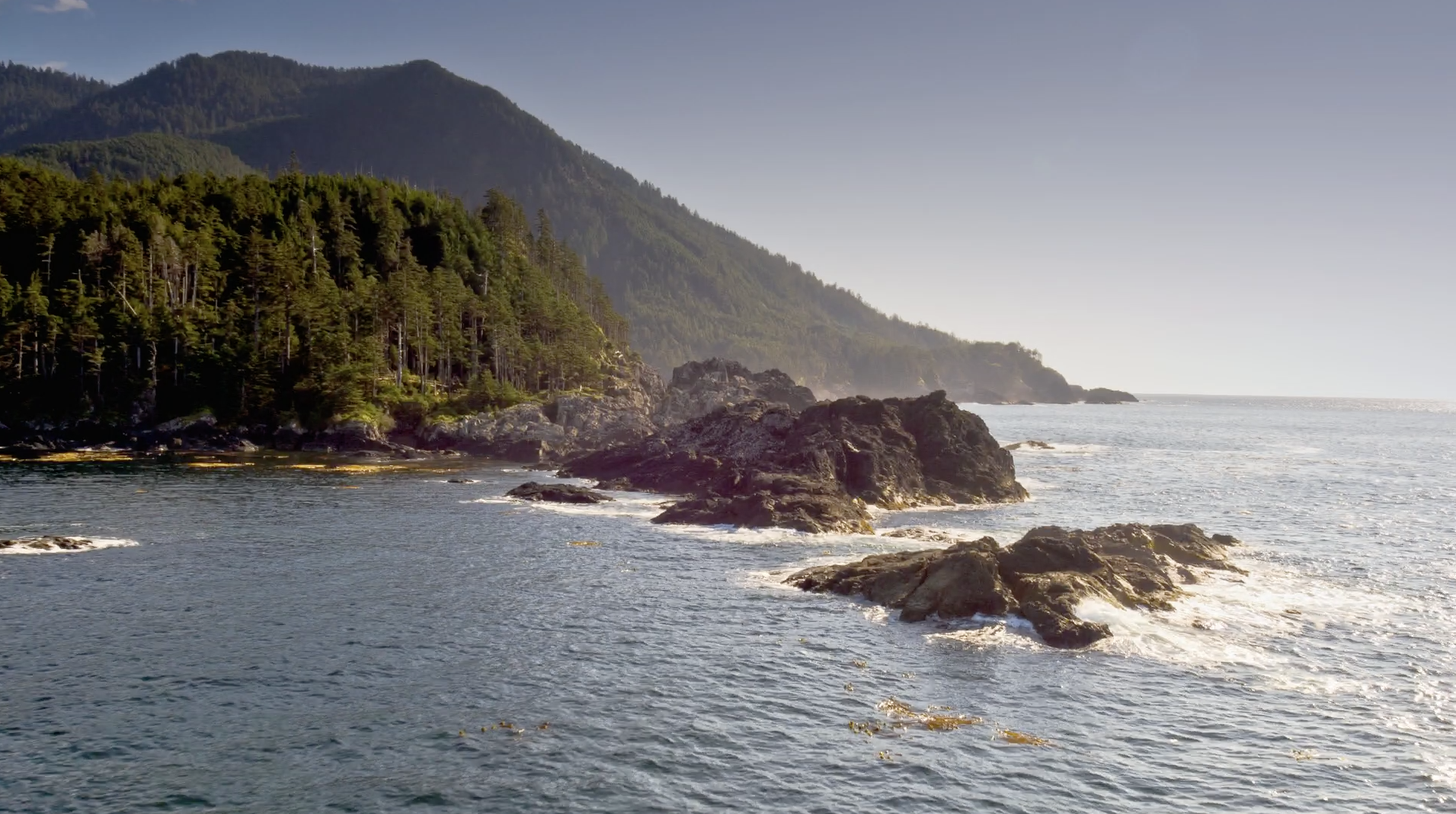As Nuskmata Jacinda Mack drives her son’s car full of corn, groceries and supplies, down the infamous hill from Anahim Lake into Bella Coola, she speaks about coming home to Nusq’lst village.
“Two years ago, I was down at Nusq’lst camping with my brothers and my son. We had had two deaths in the immediate family and we were coming together to just spend time together,” she says. “We were saying, ‘you know, we really need to have a place to be when we’re home.’ And so my brother started talking about building a cabin and folks started showing up with building supplies and they started milling.”
Over the years, her brother and a small crew put down a foundation for a cabin and eventually Nuskmata and her son Orden picked up the work. They’re just about at the “lock-up stage” before winter, she says, and so they wanted to hold a Stutu7apsulh to mark the work and share it with the community.
A Stutu7apsulh is a community-building event, says Nuskmata.
“It’s the work in between potlatches. You can have big family work and you can have smaller events to build up community. That’s what we’re doing at our home village of Nusq’lst,” she says. “We wanna share what we’ve done so far, check in with folks, feed everybody and have a good family day… bring some good energy back into the village.”
Inheritance and responsibility
Around 100 people came through the Stutu7apsulh over the weekend, enjoying the smoked salmon, dried salmon, corn, rice, soup, salads, iced tea, coffee, baked goods, and more. There were tables set out for printing on shirts and cedar weaving, tours through the cabin to see what Nuskmata and her family have been busy with over the last little while and groups meandering to the river for a cold dip or rod fishing.
“We wanted to bring life back into our village, take care of our place here, know that this is our inheritance and our responsibility,” Nuskmata announced to the guests before everyone ate and enjoyed the sunny late September day.
By community for community at Nusq’lst village
Nusq’lst village is Nuskmata’s home village, where her ancestral line comes from. Like other Nuxalk villages, it was emptied out by smallpox and forced relocation, she explains.
“One of the last remaining survivors were my great grandmother Mary Sampson and her sister. They were some of the last people to live up there, so it’s really about returning home and reclaiming that place,” she says. “There are a lot of private property sales happening, tourism happening, sports fishermen coming in their RVs, people drinking… and we have graves there… I remember thinking, ‘they don’t even know where they are,’ and how could they?”
Nuskmata’s late father’s name was Nusq’lst, he carried the name of their village.
“It’s a big name. When he passed, we had a memorial for him. We raised a memorial marker for him there, a Stwin, that marked the place, and we put up a headstone that told the smayusta (story) of that place, and this is the continuation of that work.”
All of the wood used to build the cabin comes from Nuxalk homelands. It’s an important part of the story, Nuskmata explains, because a lot of other materials for buildings in the valley are being shipped in from Vancouver and elsewhere.
“It’s really important we use our own wood,” she says. “We’re doing it in a sustainable way. It’s from cedar, douglas fir and spruce trees that are already down. We’re not doing any logging to source the wood.”
It’s all Nuxalk workers who have been building as well, with support from Nuxalk hereditary chiefs, community members and supporters far and wide.
It takes a lot of people to rebuild a village.
“People often get tied up, when we talk about Indigenous rights, rights and title on the rights aspect, but you can’t have rights without responsibilities. It’s our responsibility to take care of our village,” she says. “It’s our responsibility to let people know where they are, to protect our forests and river, and to protect our homelands for future generations. I take that seriously in our family.”
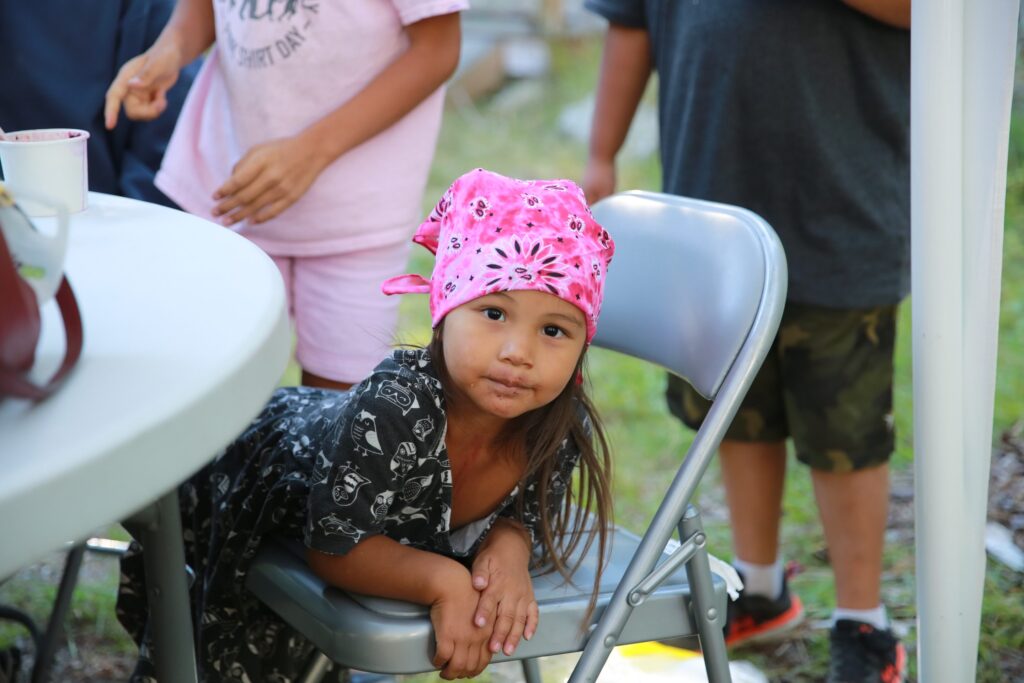
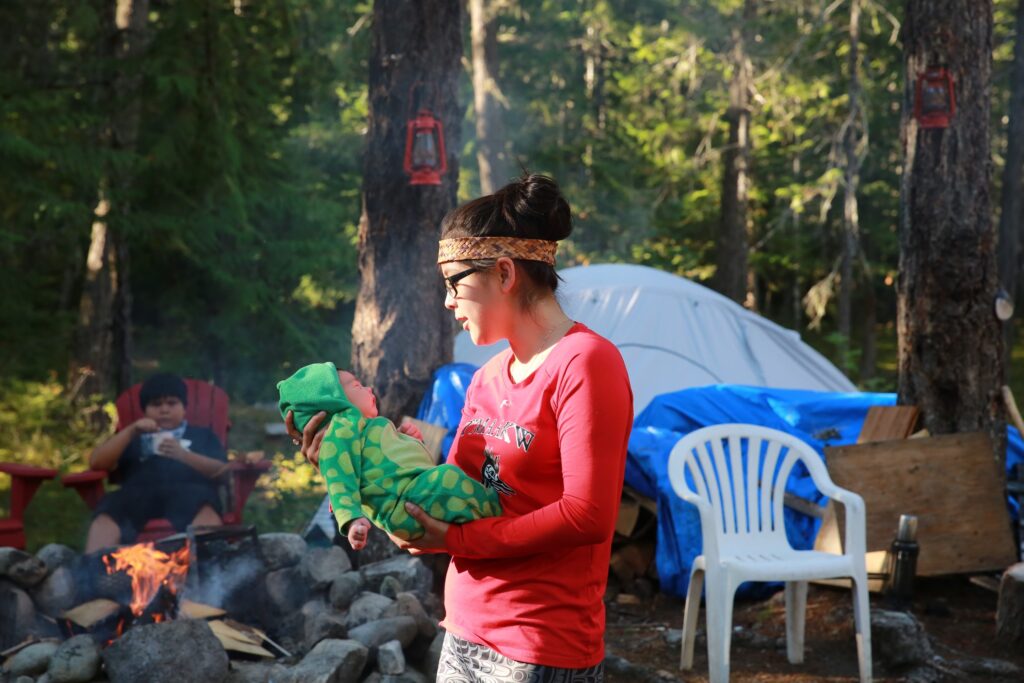
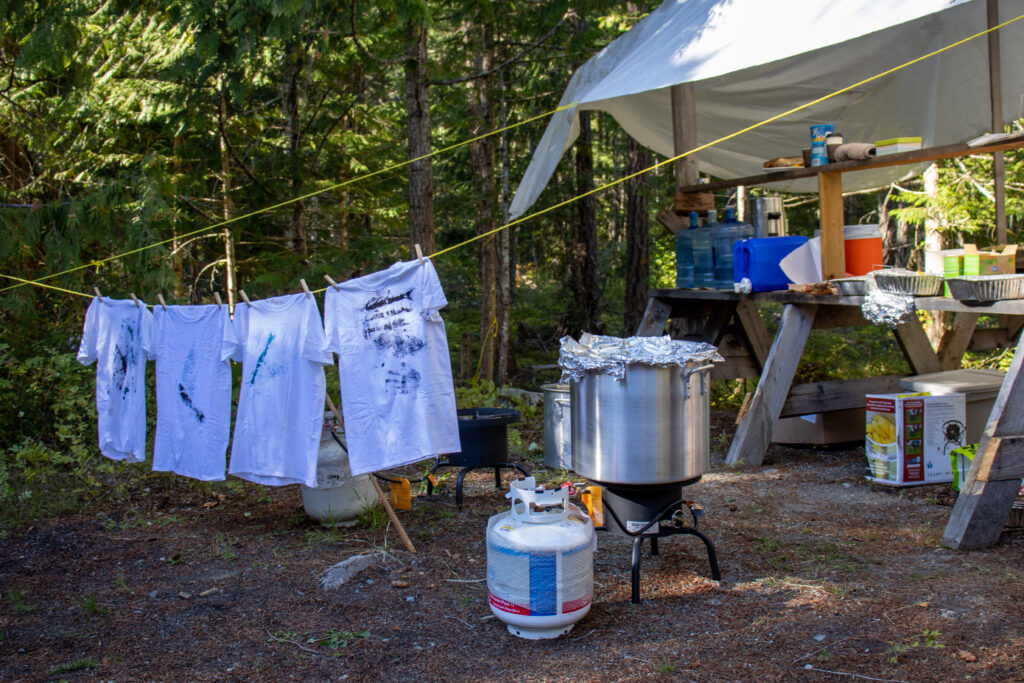
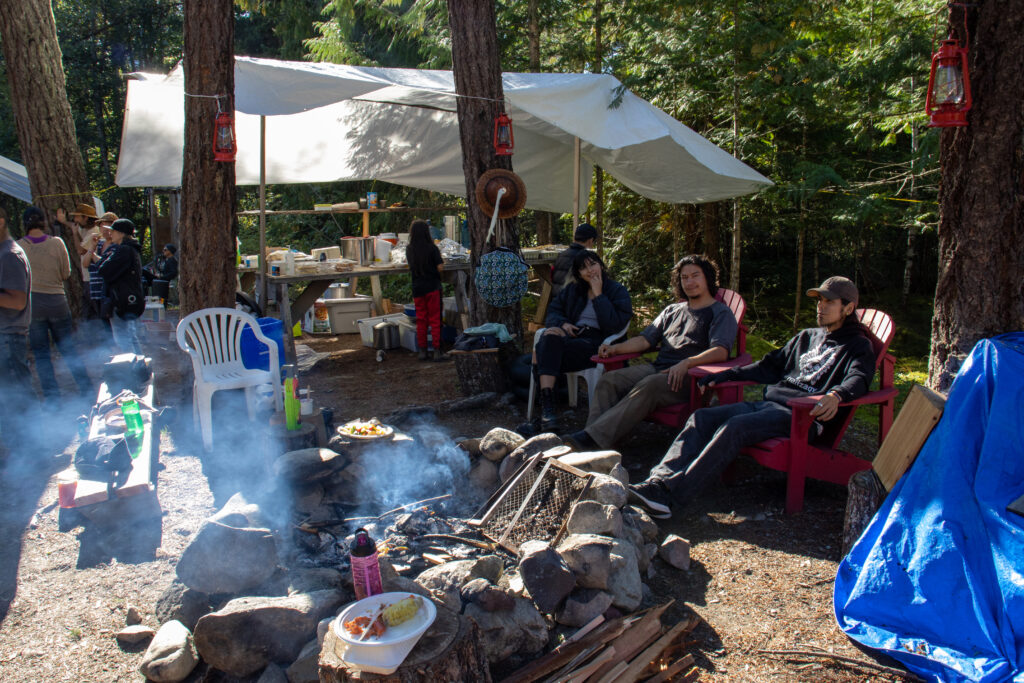
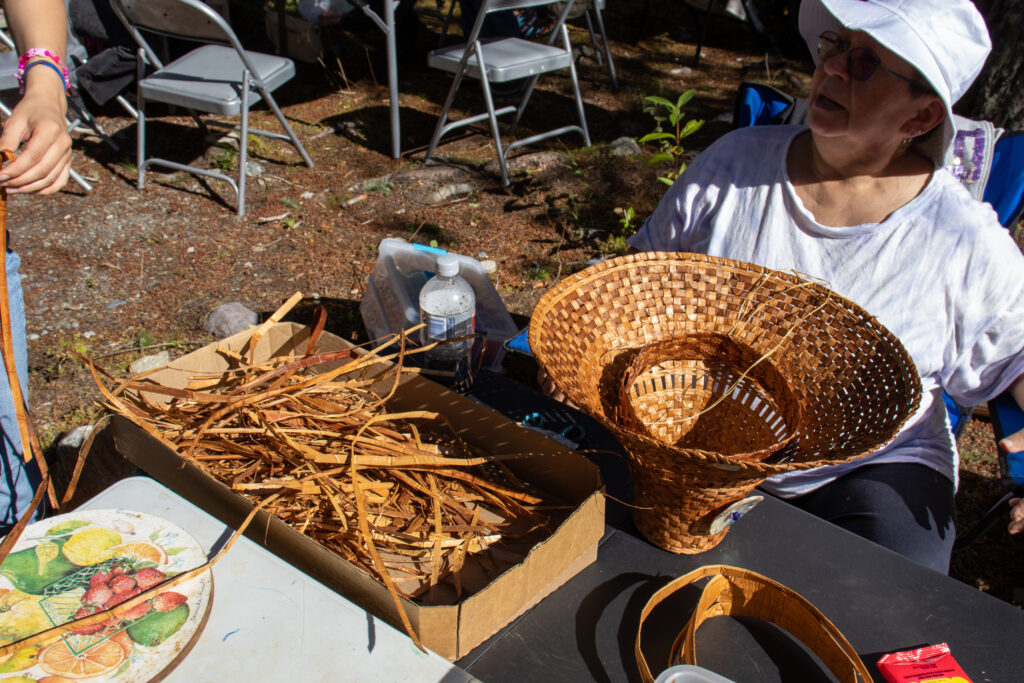

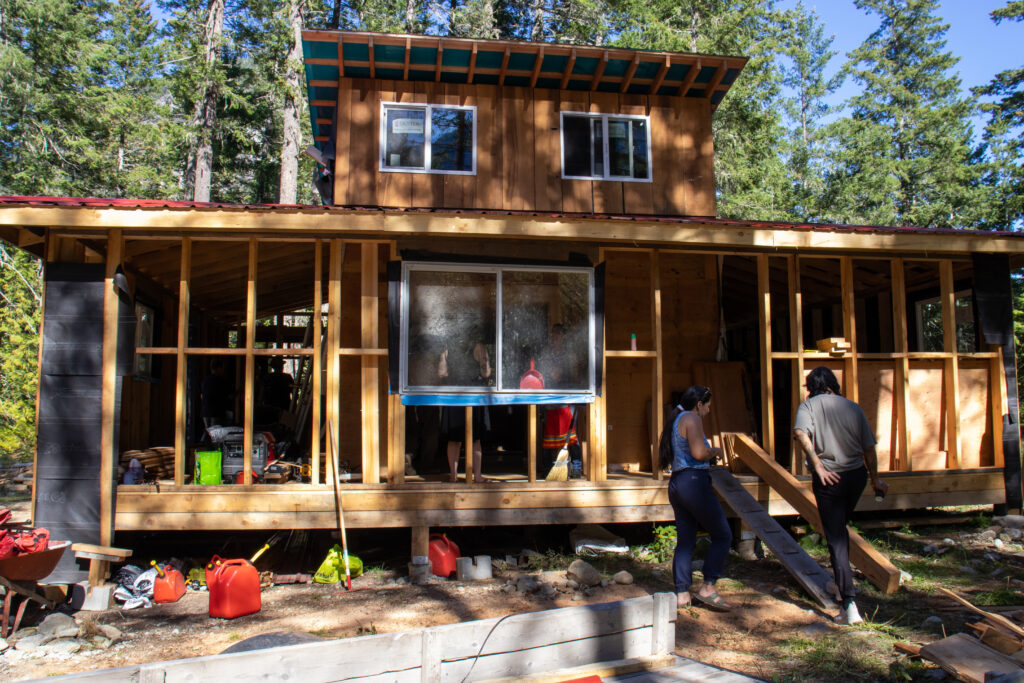
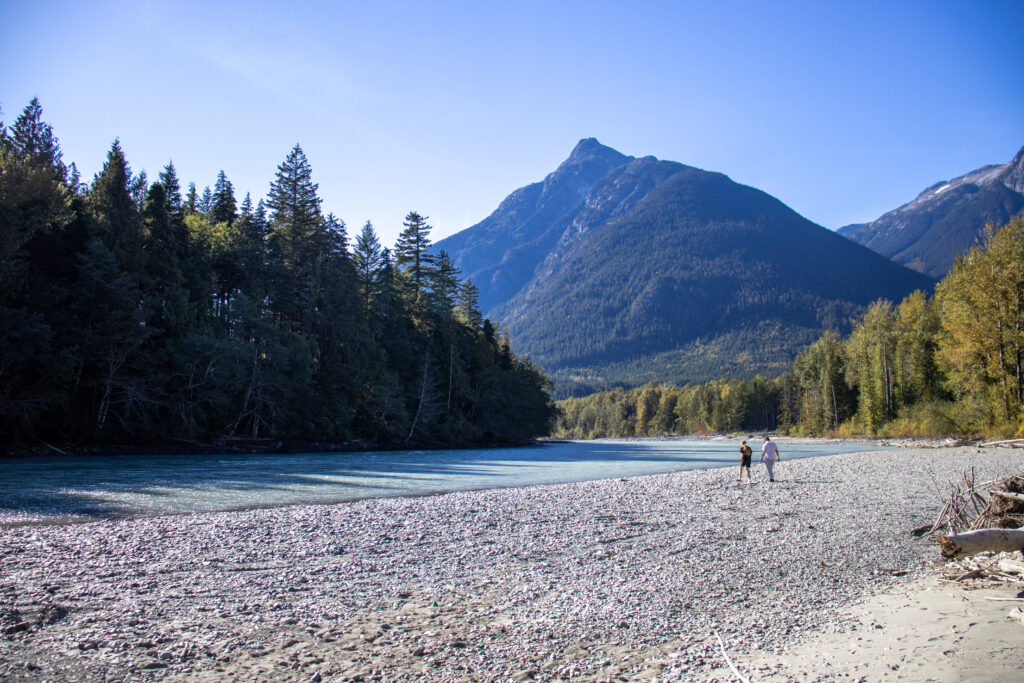
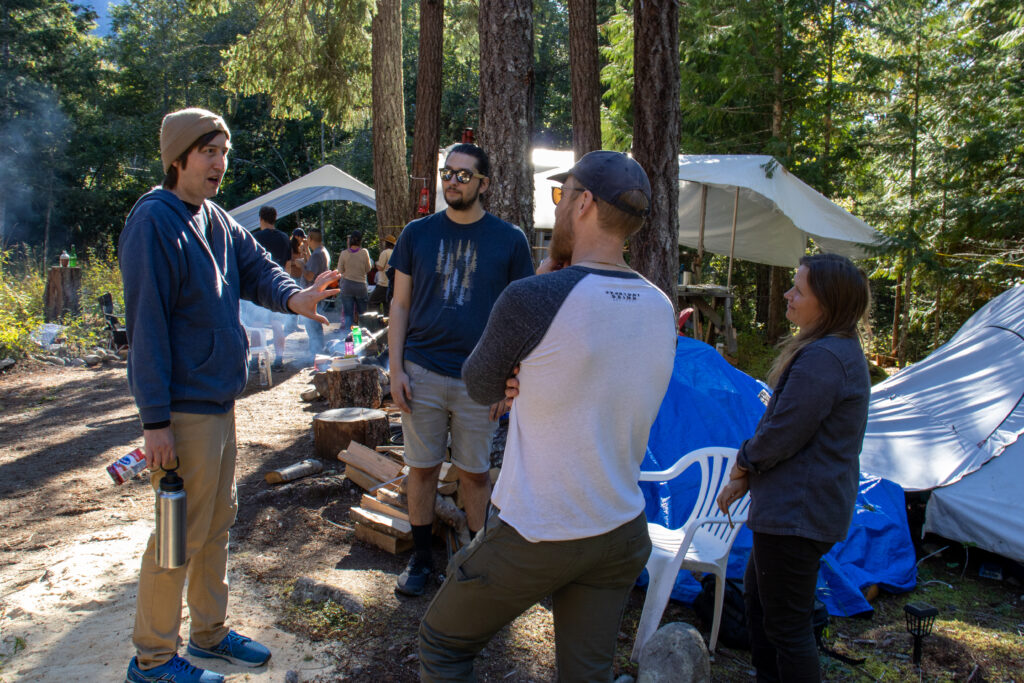
‘Getting back to our ways’
Nuskmata has a grandbaby on the way. The fact that this baby will be raised in the first home built with Nuxalk timber by Nuxalk people in Nusq’lst village since 1862 is “a really big deal,” she says.
“This little baby will be the first baby raised up in a Nuxalk village, not on the reserve, since that time,” she says. “It’s about our sovereignty. It’s about our responsibility, it’s about proving that we are capable and can do it, and that we have everything we need.”
Nuskmata says she hopes other community members are inspired and encouraged to go back to their home villages, to build their own homes and light their home fires. Imagine, she says, driving down the highway and seeing fires lit in every Nuxalk village again, a great returning home.
“We don’t need to ask permission from the Crown or anybody to build in our home villages. Our bloodlines connect directly back to these places. Our sense of identity is very strong,” she says. “We know exactly where we come from in this world and it is our duty to protect that for future generations and enjoy it in our own lives as well.”
It can be hard, Nuskmata says, living in two worlds — living your ancestral ways, but also navigating the modern world. She understands the challenges to moving away and out of a colonial system that has been ingrained over many years and which is interwoven within many aspects of peoples’ lives. On her passport, she’s Jacinda Mack, she says, but in the Big House, she’s Nuskmata, her name situated within her village, family and really outlining her responsibilities.
“Getting on track is about getting back to our ways, our own governance, back to sustainability. My vision for our people is to be living in our home villages, eating our own food, speaking our language, living our way of life,” she says. “It’s a slow process, but a slow process is okay. It’s really important for our people to believe in ourselves. I believe in my people and that’s why I’m doing this work.”
